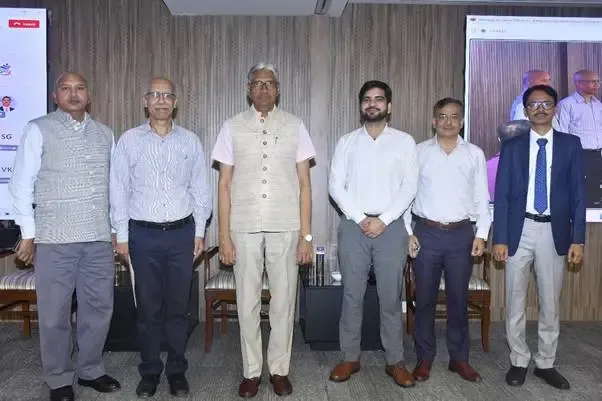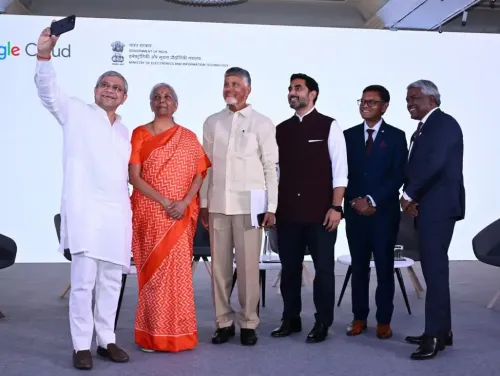Is Robust Digital Connectivity as Essential as Water, Electricity, and Structural Safety?

Synopsis
Key Takeaways
- Digital connectivity is as crucial as water and electricity.
- The new framework promotes technology-neutral assessments for properties.
- Integration of Digital Connectivity Infrastructure is essential from the design phase.
- The framework aligns with national initiatives like Digital India.
- TRAI aims for continuous stakeholder engagement.
New Delhi, July 17 (NationPress) The newly established framework for assessing properties regarding digital connectivity offers a clear, transparent, and technology-neutral method for property developers, infrastructure providers, and government entities to strategize, execute, evaluate, and enhance digital connectivity readiness across diverse premises such as homes, offices, schools, hospitals, transport hubs, and smart urban areas, stated Anil Kumar Lahoti, the Chairperson of the Telecom Regulatory Authority of India (TRAI) on Thursday.
While addressing a workshop on the ‘Framework for Rating of Properties for Digital Connectivity’ held at TRAI headquarters, Lahoti underscored that strong digital connectivity is now as vital as water, electricity, and structural safety, particularly as approximately 70-80 percent of mobile data traffic is consumed indoors.
He stressed the necessity for Digital Connectivity Infrastructure (DCI) — the civil, physical, and technological elements that facilitate seamless access to telecom networks — to be integrated into the design phase rather than being considered later.
The workshop aimed to enhance awareness regarding the significance of incorporating digital connectivity infrastructure into property or infrastructure development plans and to encourage institutional acceptance of the Rating of Properties for Digital Connectivity Regulations, 2024, which TRAI notified on October 25, 2024.
This regulation introduces a voluntary, performance-oriented star rating system akin to green building or energy efficiency ratings, assessing how digitally prepared a property or infrastructure is for delivering high-quality broadband and mobile connectivity. This includes residential buildings, commercial complexes, government offices, airports, highways, stadiums, and railway stations, among others.
The TRAI chairperson urged various Ministries, Departments, and institutions to embed DCI requirements into project guidelines, model tender documents, and training programs to ensure that India’s built environment is future-ready by design.
This framework is in alignment with flagship national initiatives such as Digital India and the Smart Cities Mission, reinforcing the long-term objective of providing inclusive, high-quality digital access to all citizens.
TRAI will persist in engaging stakeholders through workshops, consultations, and capacity-building initiatives to promote the establishment of a robust digital connectivity infrastructure in the nation.









